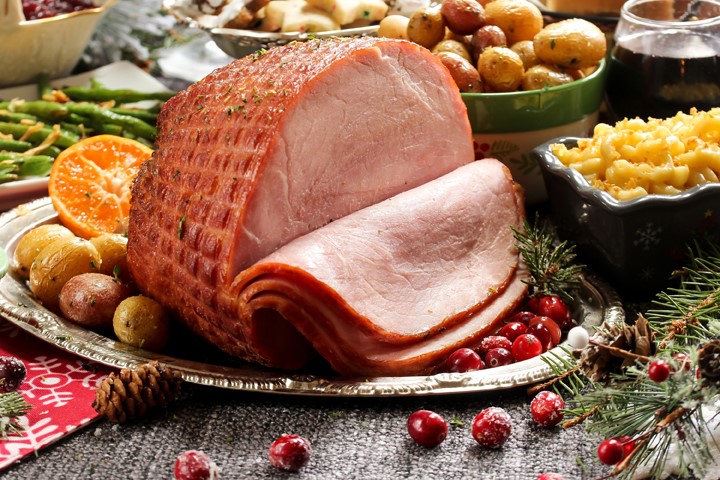Enjoying the holidays can take a lot of energy, even in an unusual year like 2020. Not surprisingly, much of that energy will be consumed in the kitchen as more cooking and baking occurs. The energy advisors at Walton Gas offer these simple practices to help lessen the impact of the holidays on your gas and electricity bills.
#1: Lower the thermostat
With the stove and oven going more in the kitchen, your home will be warmer than usual. Give your natural gas furnace a little break by lowering the thermostat temperature a degree or two before the cooking begins.
#2: Downsize
Many holiday gatherings will be smaller this year. If yours falls into this category, remember to also downsize the food, including the Christmas ham or turkey. Larger portions take longer to cook, of course, and thus use more energy.
#3: Cook strategically
A little planning can go a long way in saving energy as you prepare your special holiday meals. For instance, you’ll save time and energy by cooking side dishes in the oven alongside the turkey, rather than heating them after the bird is ready. Foods with different cooking temperatures often can be cooked simultaneously at one temperature – variations of 25 degrees Fahrenheit in either direction still produce good results and save energy. Another option: Use your microwave to prepare side dishes. Microwave ovens draw less than half the power of an electric oven, and they cook for a much shorter period of time.
#4: Take it outside
Just because it’s no longer summer doesn’t mean your gas grill can’t do its part in preparing meals. Turn it into an outdoor oven to prepare an impressive Christmas ham in less time. Plus, by freeing up precious oven space, you can keep all those vegetable sides at the ready. Check out this recipe for Grilled Ham with Honey Bourbon Glaze.
#5: Hold the heat
Use a “lids-on” approach to cooking on the stovetop. Tightly fitted lids on pots and pans help keep heat in, enabling you to lower the temperature settings and shorten the cooking times. Likewise, resist the temptation to frequently open the oven door to check on baking cakes and cookies. Every time you open the door, you potentially lower the temperature by about 25 degrees, requiring a little more energy to get back up to temperature.
#6: Use the dishwasher
Unless it’s grandma’s irreplaceable fine china, place the dishes, pots and pans you use in the dishwasher rather than the sink. It may seem like hand washing uses less energy because you aren’t running an appliance, but you’ll still rely on your water heater to produce hot water. Washing by hand requires more hot water, making it less efficient compared to a dishwasher. Skip rinsing dishes, scrape off food into the trashcan, fill up that dishwasher and do multiple loads if you have to.
#7: Wipe down the oven
When all of the cooking is done, don’t use your oven’s self-cleaning cycle unless a major cleaning job is needed. Wipe up minor spills and splatters with a damp cloth to save energy.
